These Historical Figures Lived Long Enough to be Painted and Photographed
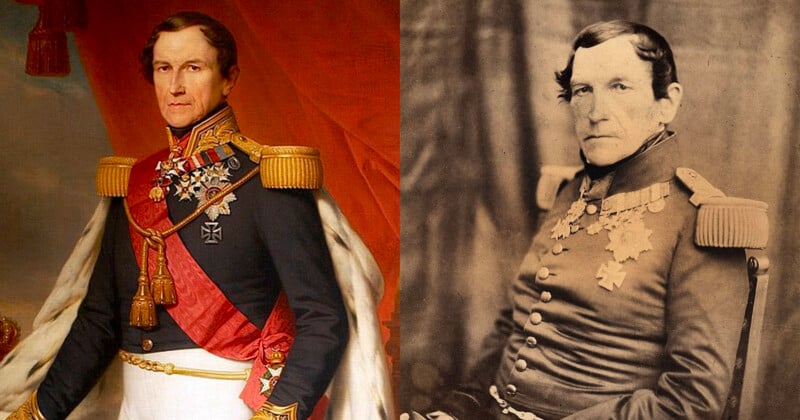
Looking at paintings of historical figures, it can be difficult to know whether that’s what they really looked like, or whether the painter was being interpretive — perhaps pressured by the subject.
But mid-19th-century luminaries lived through the invention of photography, and were therefore both painted and photographed. This enables viewers to see what the painter saw, and what the camera captured.
This fascinating collection shows that, actually, many painters did a remarkable job of capturing accurate likeness — even when their often royal subjects had features they might not want amplifying.
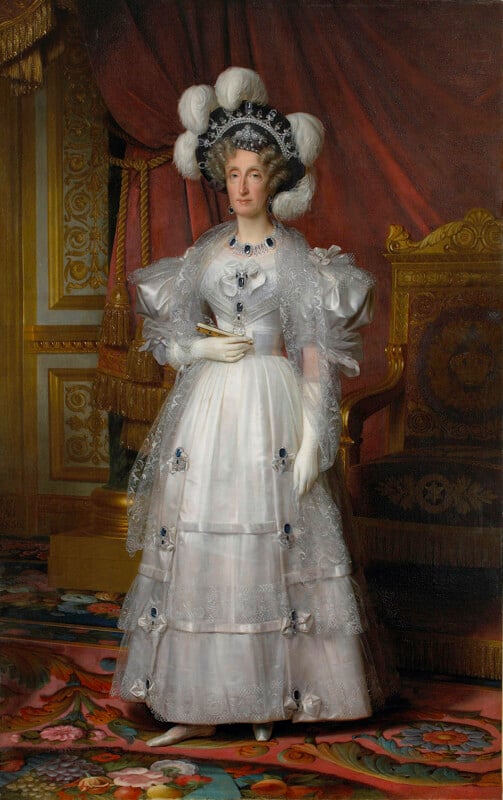
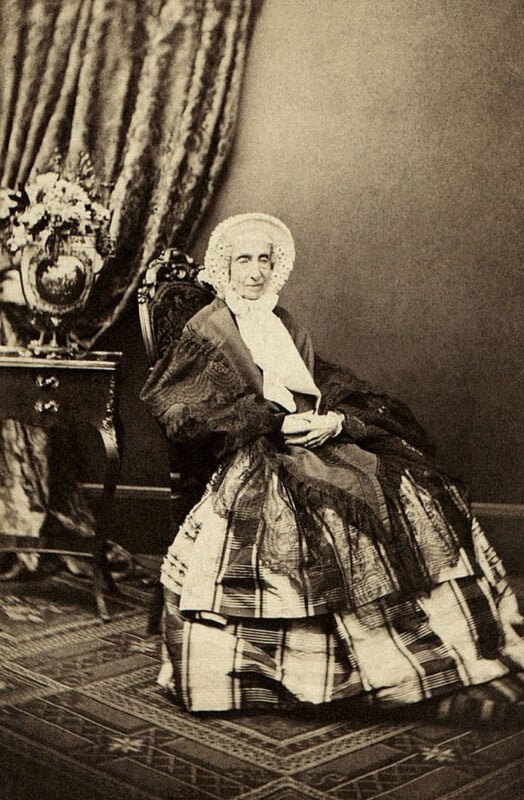

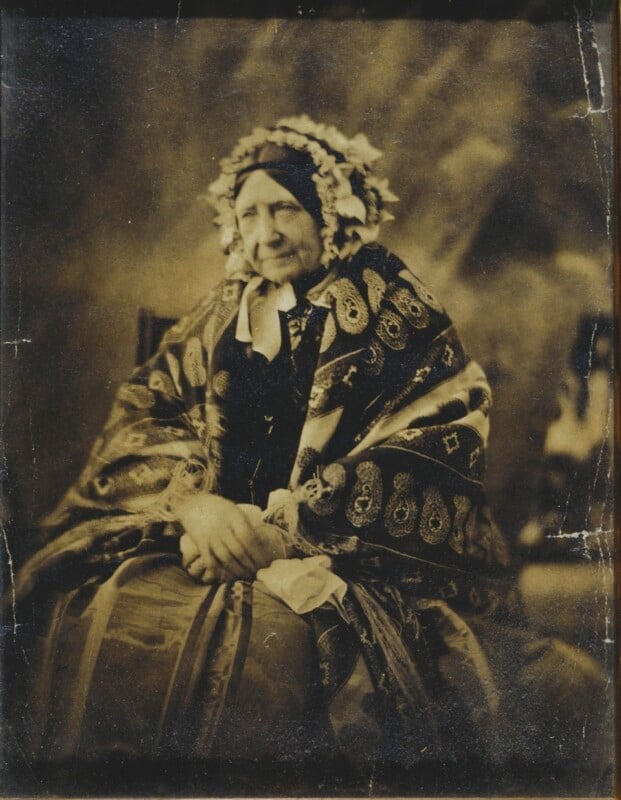
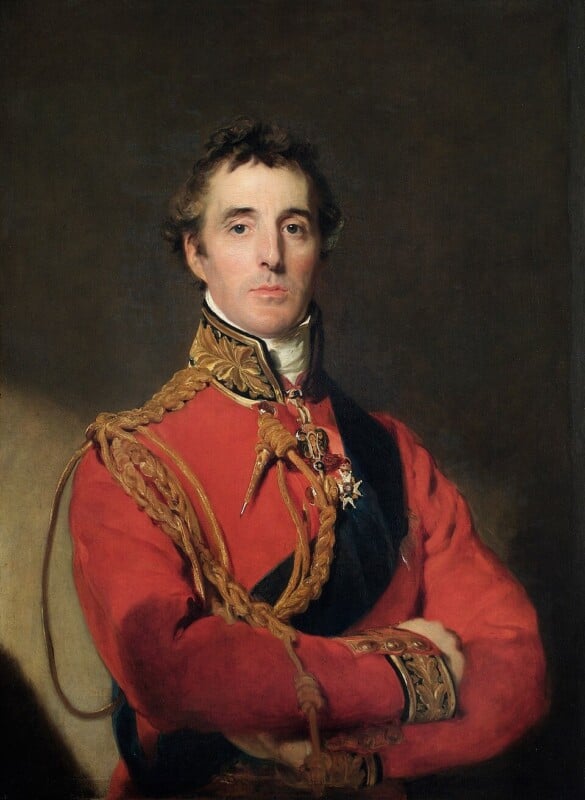
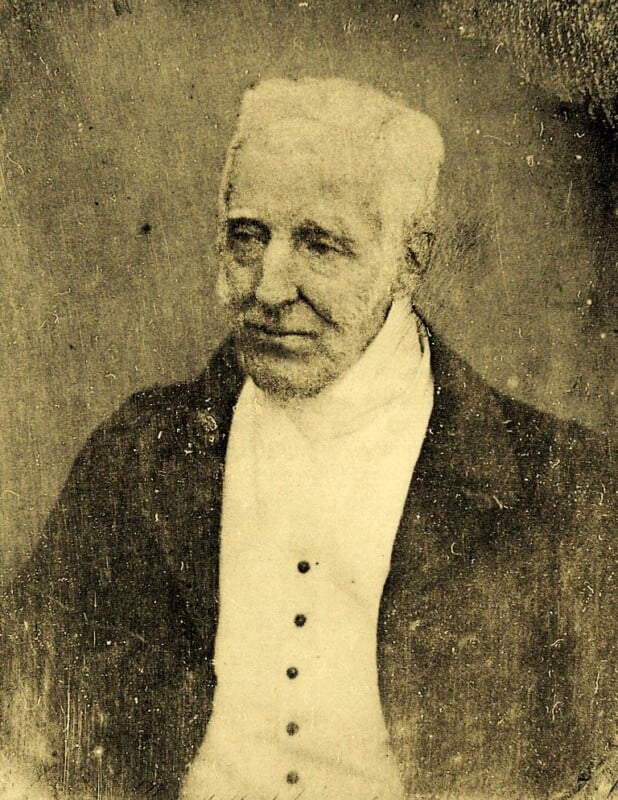
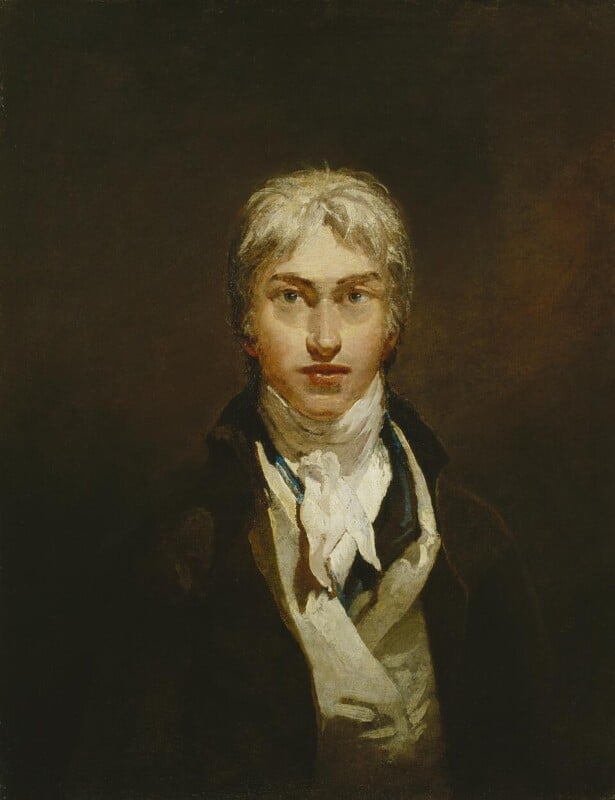
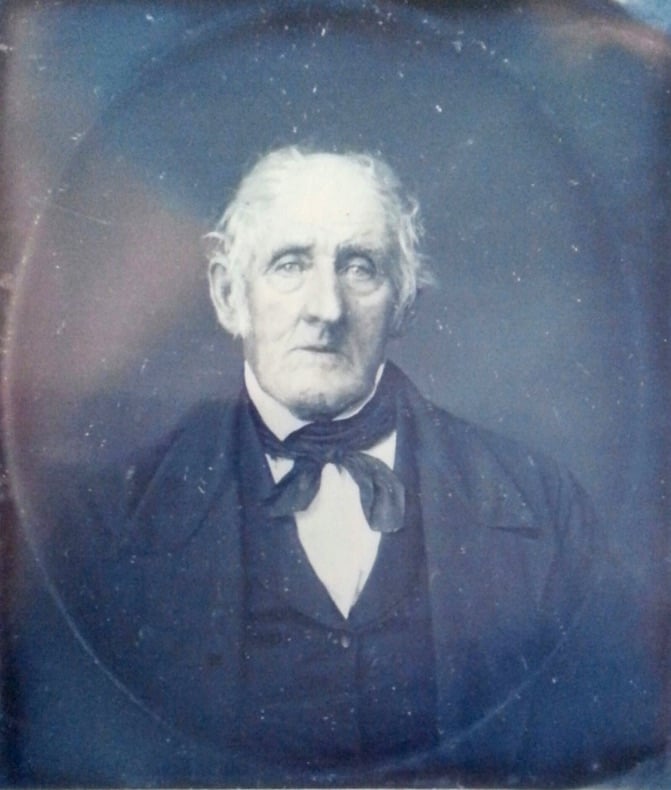

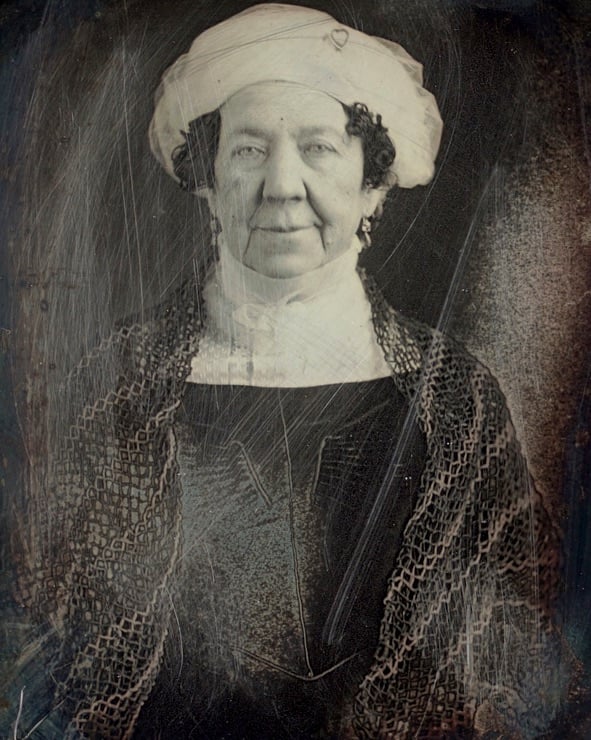

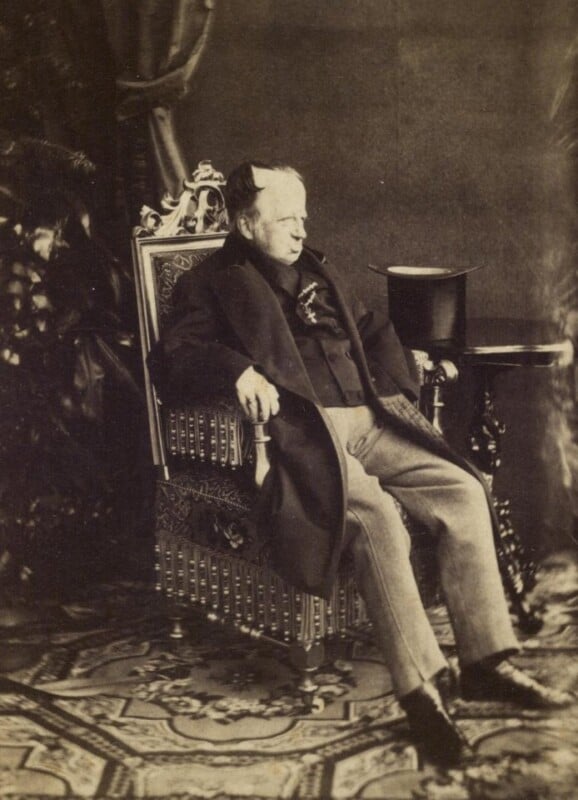
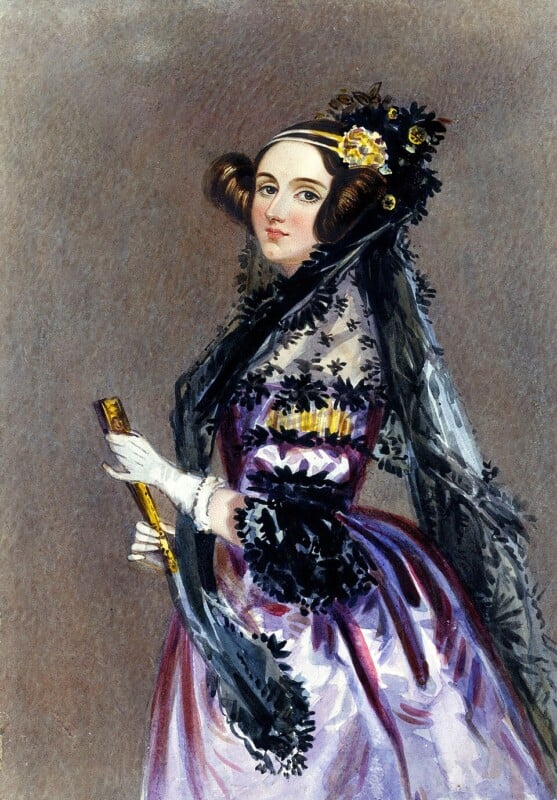
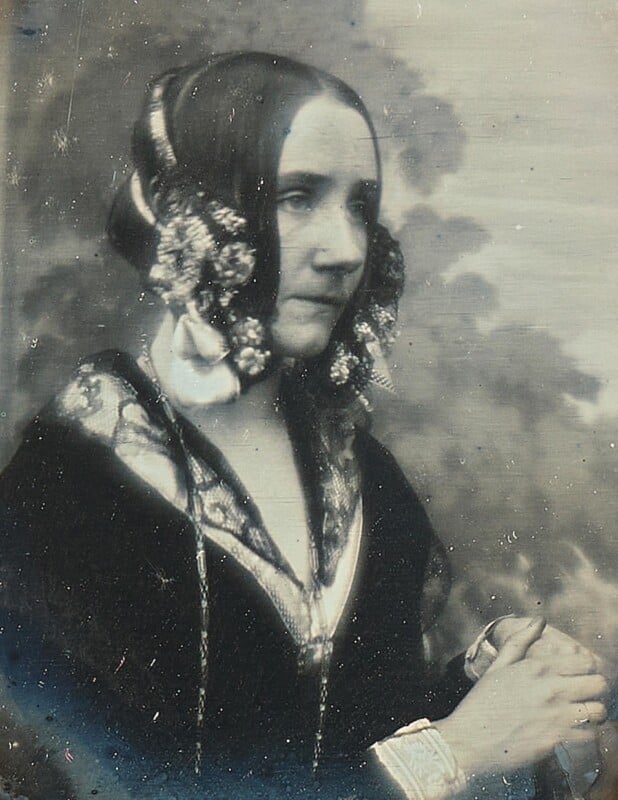
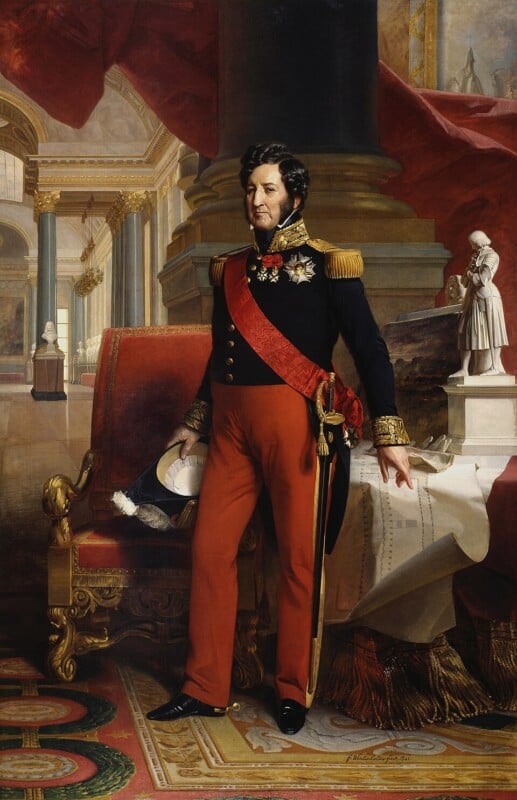
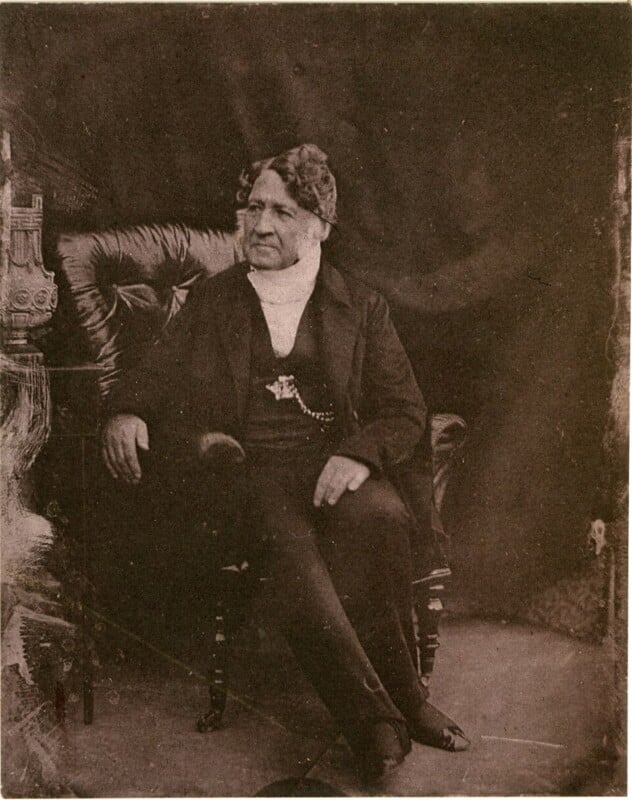
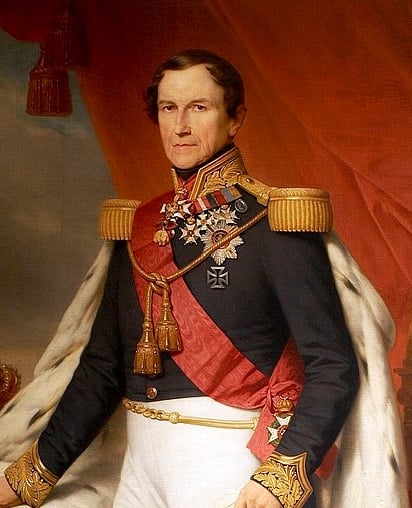
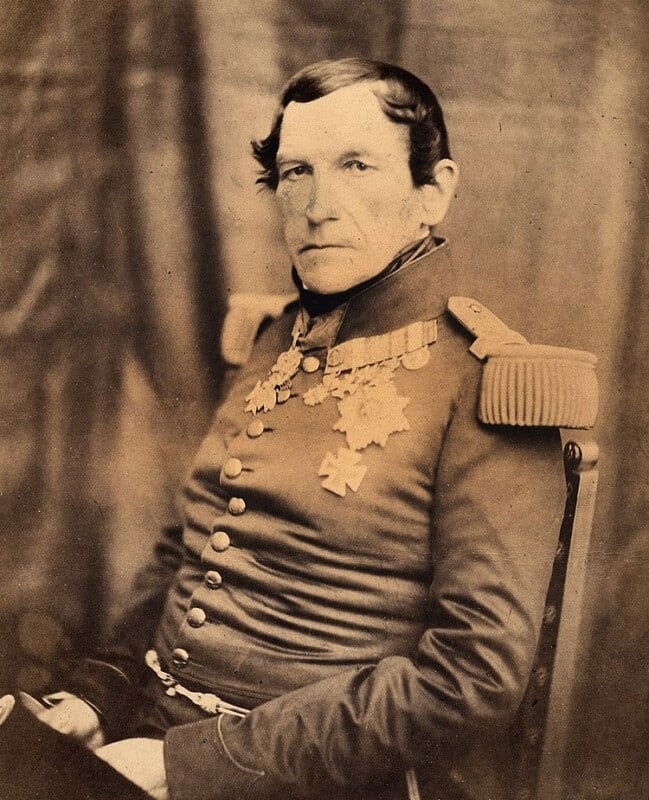
If you enjoyed these historical images, then why not check out photos of British Victorians letting their hair down at the beach or fascinating photos taken inside brothels of the Old West.